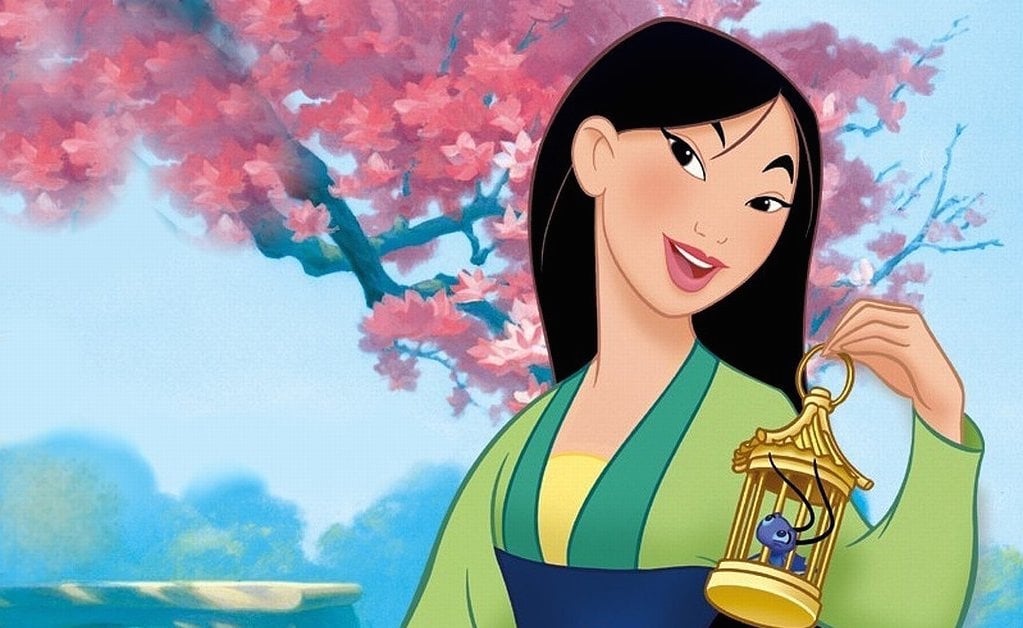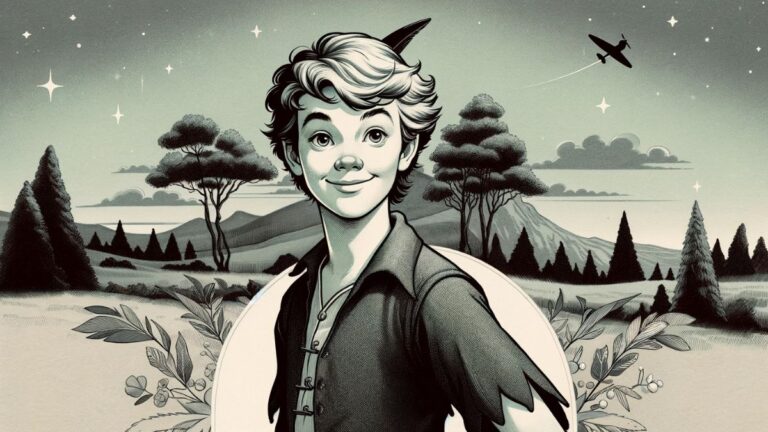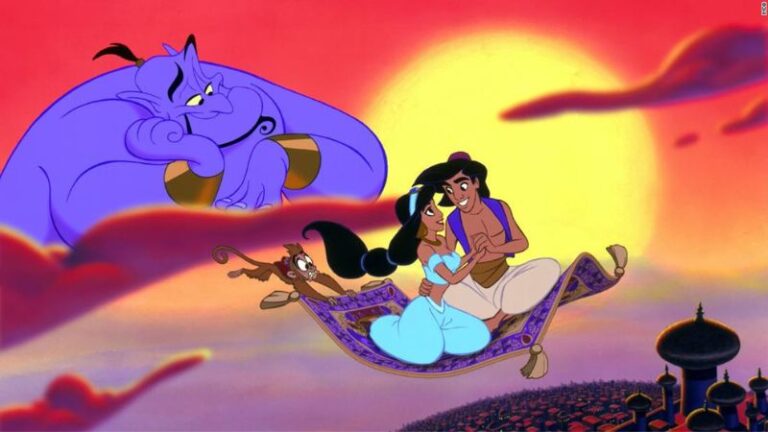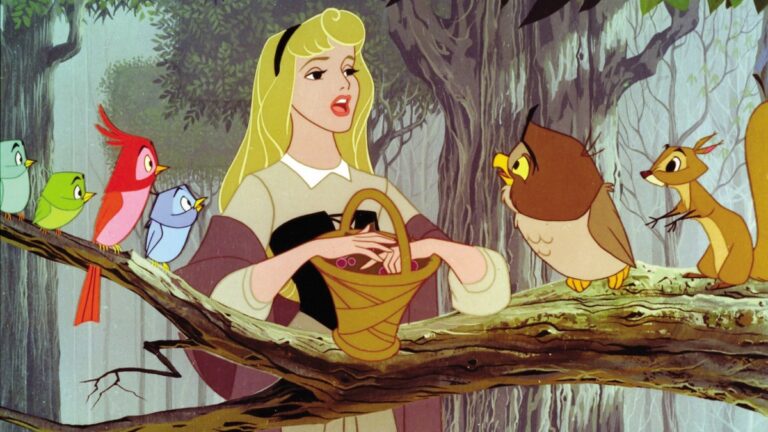The Original Mulan: Delving into the Chinese Legend Behind the Warrior

When we hear “Mulan,” many of us think of the animated film, but the true story is far richer. The legend of Mulan, a tale deeply woven into Chinese culture, tells of a young woman’s extraordinary courage. It’s a story of identity, bravery, and familial love, transcending time and place. Let’s delve into the Chinese legend behind the warrior, exploring the roots of this enduring tale.
Mulan’s Origin: Unveiling the Legend
In ancient texts, the story of Mulan is first found in a folk song from the Northern Wei Dynasty. This song, “The Ballad of Mulan,” paints the picture of a dutiful daughter taking her father’s place in the army. Unlike the films, the original Mulan is a more complex character, reflecting the values and norms of her time. Her tale was passed down orally, changing with each telling, yet the essence remained – a story of filial piety and courage.
The legend gained prominence during the Tang Dynasty, becoming a symbol of loyalty and bravery. Scholars over the centuries have debated the historicity of Mulan, but her impact on Chinese culture is undeniable. She represents not just a warrior, but the epitome of self-sacrifice and dedication to family.
Mulan in Battle: Strategy and Sacrifice
Mulan’s journey to the battlefield is marked by strategy and sacrifice. Unlike her cinematic counterpart, the historical Mulan is often depicted as a skilled strategist, contributing more with her mind than her sword. Her intelligence and wit, coupled with physical prowess, made her a formidable figure on the battlefield.
Her time in the army wasn’t just about fighting; it was a period of profound personal growth and resilience. The legend emphasizes her commitment to her duty and her ability to adapt to the harsh realities of war. This part of the story highlights the theme of sacrifice – Mulan didn’t just sacrifice her identity as a woman but also her years, all for the love of her family and loyalty to her country.
Mulan’s Identity: Beyond the Battlefield
Mulan’s return home is a significant part of the legend, symbolizing more than just the end of her military service. It marks her return to her identity as a daughter and a woman, challenging the traditional gender roles of her time. This transition wasn’t just physical but emotional and psychological, reflecting the complexities of identity and social expectations.
In many versions of the story, Mulan’s unveiling of her true identity is met with surprise but no condemnation, highlighting an early understanding of gender fluidity and role reversal. Her peers respected her not just as a warrior but as a person who defied norms for a greater cause, showing that identity is multifaceted and often transcends societal expectations.
The Legacy of Mulan: Impact on Culture and Society
Mulan’s legend has left an indelible mark on Chinese culture and beyond. She has become a symbol of feminism and empowerment, inspiring countless works of art, literature, and film. Her story resonates with modern audiences, showcasing the timeless themes of bravery, self-discovery, and challenging societal norms.
Moreover, Mulan’s influence extends beyond entertainment; she has become a role model, encouraging discussions about gender roles, identity, and cultural heritage. Her legacy is a testament to the power of storytelling, demonstrating how a single tale can shape and reflect the values and aspirations of a society.






